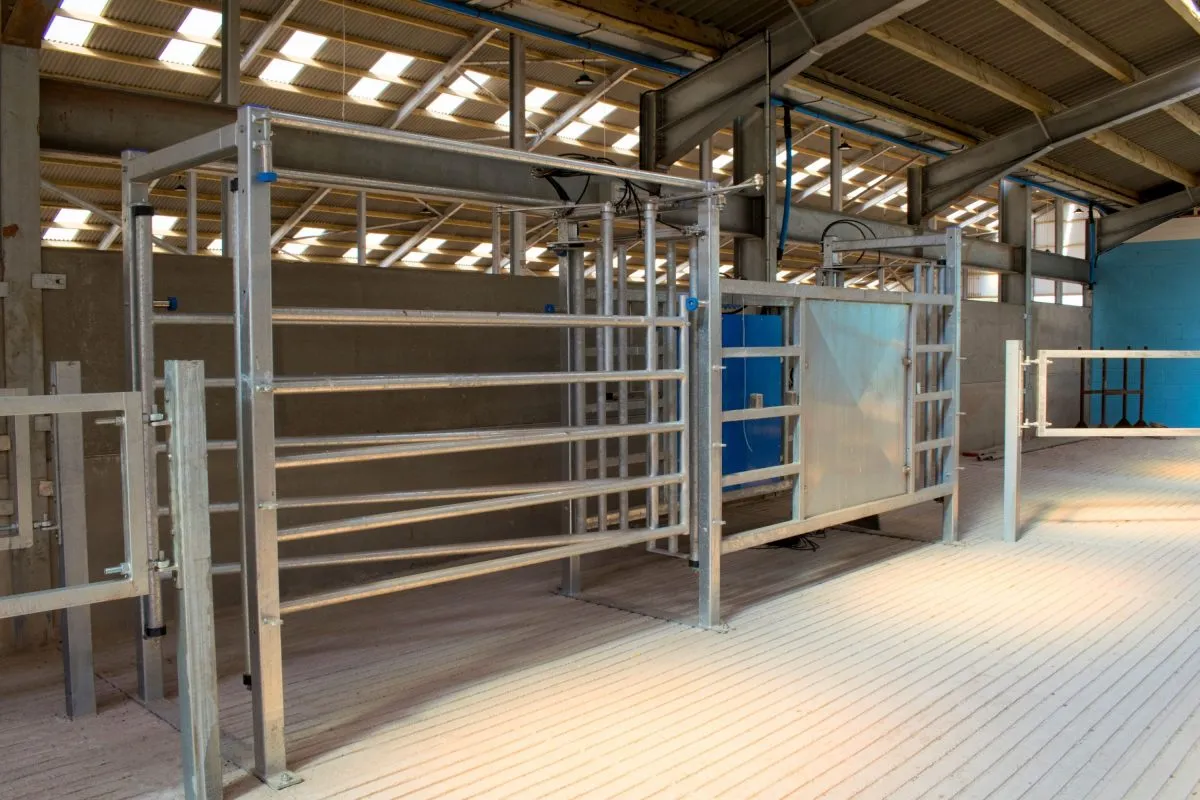- Afrikaans
- Albanian
- Amharic
- Arabic
- Armenian
- Azerbaijani
- Basque
- Belarusian
- Bengali
- Bosnian
- Bulgarian
- Catalan
- Cebuano
- Corsican
- Croatian
- Czech
- Danish
- Dutch
- English
- Esperanto
- Estonian
- Finnish
- French
- Frisian
- Galician
- Georgian
- German
- Greek
- Gujarati
- Haitian Creole
- hausa
- hawaiian
- Hebrew
- Hindi
- Miao
- Hungarian
- Icelandic
- igbo
- Indonesian
- irish
- Italian
- Japanese
- Javanese
- Kannada
- kazakh
- Khmer
- Rwandese
- Korean
- Kurdish
- Kyrgyz
- Lao
- Latin
- Latvian
- Lithuanian
- Luxembourgish
- Macedonian
- Malgashi
- Malay
- Malayalam
- Maltese
- Maori
- Marathi
- Mongolian
- Myanmar
- Nepali
- Norwegian
- Norwegian
- Occitan
- Pashto
- Persian
- Polish
- Portuguese
- Punjabi
- Romanian
- Russian
- Samoan
- Scottish Gaelic
- Serbian
- Sesotho
- Shona
- Sindhi
- Sinhala
- Slovak
- Slovenian
- Somali
- Spanish
- Sundanese
- Swahili
- Swedish
- Tagalog
- Tajik
- Tamil
- Tatar
- Telugu
- Thai
- Turkish
- Turkmen
- Ukrainian
- Urdu
- Uighur
- Uzbek
- Vietnamese
- Welsh
- Bantu
- Yiddish
- Yoruba
- Zulu
Nov . 19, 2024 22:01 Back to list
Reinforced Concrete and Steel Structures A Study of Modern Engineering Solutions
In the realm of modern construction engineering, the choice of materials plays a pivotal role in ensuring the durability, stability, and sustainability of structures. Among the most widely utilized materials are reinforced concrete and steel, each offering unique advantages and characteristics that cater to diverse architectural needs. This article delves into the properties, applications, benefits, and challenges associated with these two fundamental construction materials.
Reinforced Concrete A Versatile Composite Material
Reinforced concrete is a composite material formed by embedding steel reinforcement bars (rebar) within concrete. This combination enhances the tensile strength of concrete, which alone is relatively weak in tension but excels in compression. The incorporation of steel allows for the design of structures that can withstand various forces, making reinforced concrete suitable for a wide range of applications, from residential buildings to bridges, dams, and high-rise structures.
One of the primary advantages of reinforced concrete is its durability. When properly designed and maintained, reinforced concrete structures can last for decades, often exceeding a hundred years. Additionally, concrete is fire-resistant and can withstand environmental challenges such as moisture, corrosion, and extreme temperatures, making it an ideal choice for infrastructure in diverse conditions.
Moreover, the versatility of reinforced concrete allows architects and engineers to create innovative designs. It can be molded into various shapes, which offers a high degree of freedom in aesthetics and functionality. The ability to cast concrete on-site also contributes to cost-effective construction processes.
However, reinforced concrete does have its drawbacks. The time taken for concrete to cure can extend construction schedules, and the overall weight of concrete can lead to increased foundation costs. Furthermore, while it performs well under compression, improper design can lead to issues with cracking under tensile loads.
Steel Structures Strength and Resilience
reinforced concrete and steel structures

Steel has long been a material of choice in construction, particularly for buildings and structures that require high strength-to-weight ratios. Steel structures are known for their exceptional load-bearing capabilities, making them ideal for high-rise buildings, bridges, and industrial facilities. Unlike reinforced concrete, steel excels in both tension and compression, offering more flexibility in design and allowing for longer spans without the need for intermediate supports.
One of the key benefits of steel structures is their speed of construction. Prefabricated steel components can be manufactured off-site and assembled quickly on location, significantly reducing construction time. This efficiency can lead to lower overall project costs and minimize disruption in urban settings.
In addition, steel structures are highly adaptable and can be easily modified or expanded as requirements change. This flexibility is particularly advantageous in commercial buildings, where tenant needs can evolve over time.
However, steel is susceptible to corrosion, and protective coatings or treatments are necessary to enhance its longevity. Additionally, steel structures usually require a robust foundation due to their weight. The cost implications of steel fabrication and installation can also be a consideration, especially in a fluctuating market.
The Combined Use of Reinforced Concrete and Steel
In many modern constructions, the strengths of both reinforced concrete and steel are leveraged through hybrid designs. Combining the two materials can optimize structural performance, where reinforced concrete provides compressive strength while steel elements contribute to tensile resistance. This synergy can result in structures that are not only robust but also architecturally striking.
In conclusion, reinforced concrete and steel are indispensable components of contemporary engineering. Each material brings unique properties that contribute to the safety, aesthetics, and functionality of structures. As technology advances and new techniques emerge, the integration of these materials will continue to evolve, shaping the future of construction and architecture. By understanding the characteristics, benefits, and limitations of reinforced concrete and steel, engineers and architects can make informed decisions that lead to safe, sustainable, and innovative building solutions.
-
How Do Prefabricated Steel Structures Transform Modern Construction?
NewsJul.14,2025
-
How Do Prefabricated Metal Buildings Redefine Modern Construction?
NewsJul.14,2025
-
How Do Prefab Insulated Metal Buildings and Steel Structures Revolutionize Modern Construction?
NewsJul.14,2025
-
How Do Pre - Engineered Steel Structures Redefine Modern Construction?
NewsJul.14,2025
-
Advancing Modular Construction with Prefabricated Metal Structures
NewsJul.14,2025
-
Advancing Industrial Infrastructure with Prefabricated Steel Solutions
NewsJul.14,2025
Products categories
Our Latest News
We have a professional design team and an excellent production and construction team.












